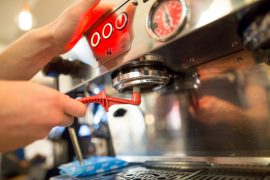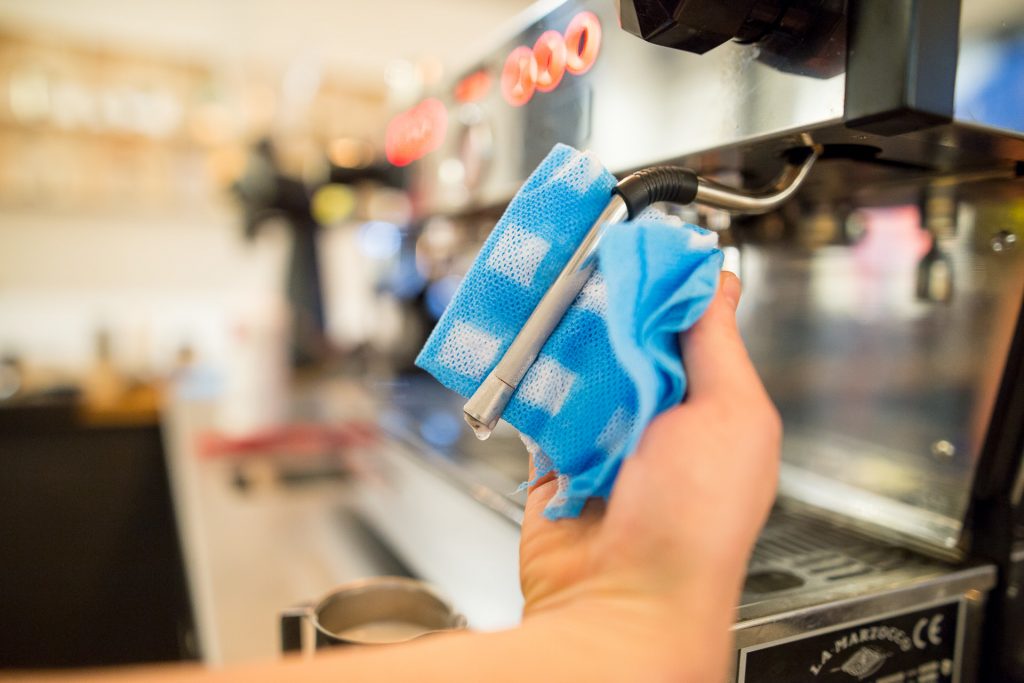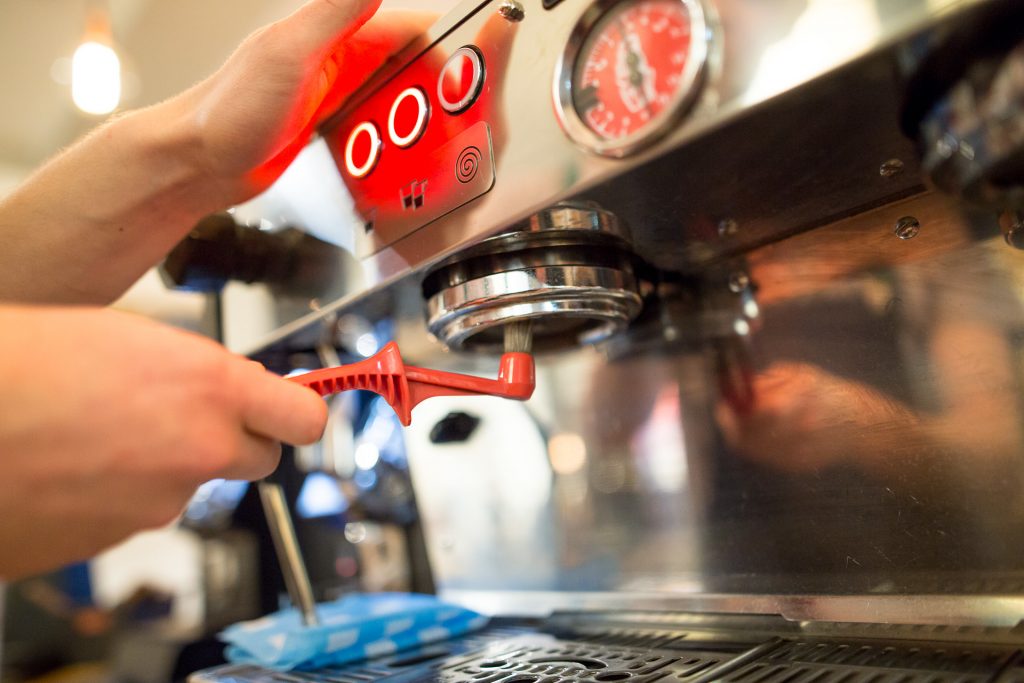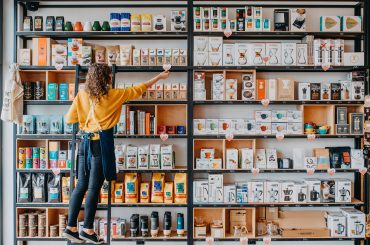At the time of restrictions for the HoReCa industry, the cafés were judged based on the quality of their coffee to go. Focusing on sanitation and providing safety for the guests became the absolute priority of the owners of cafés, pubs and restaurants. When the restrictions were loosened, the HoReCa industry had to quickly prepare for the new opening and do spring cleaning behind the bar. So, how to clean up your place smoothly and efficiently? What to pay attention to in order to be completely sure that brewing coffee will be pure pleasure? Read on to find the answer.
Rule No. 1: Replace Water Filters Regularly
Coffee is over 90% water, so the quality of water affects the taste of the final brew in the cup just as much as the beans used for brewing or the quality of the grind. Regular replacement and maintenance of water filters in the café is key both for sanitary reasons and for the taste. You can find out more about water for coffee and its optimum parameters here.
A proper system of filtration will not only improve the taste of the drinks, but will also reduce the limestone on the equipment used in a café, which will prolong the lifespan of the devices. You must also remember to replace the filters regularly if you haven’t used them for a longer period of time. They lose their properties and after two weeks of downtime they should be replaced. Water that remains in the unused filter will wear it, and when you run it after a longer break, the sediment from the stagnant water will flow into the coffee machine immediately, depositing on its delicate parts, such as solenoid valves.
How do you know that a given filter should be replaced? Usually filter lifetime is a few months, but it is best to follow the guidelines provided by the producer of a given device. The amount of water which can flow through a specific filter is always carefully marked.
The filtration system includes not only the coffee machine, but also such devices as the washing machine or the ice maker. It is important to select a proper filter capacity.
How to choose a filter that will be perfect for the needs of your business?
Find out here.
Rule No. 2: Take Good Care of Your Coffee Machine
Filtered water is just a first step towards a clean café. It is equally important to take care of the cleaning of the coffee machine. On the outside you should start with removing dried milk, coffee residue or simply dust. Urnex Café Wipz are a perfect tool for that. They will
help you clean the body of the coffee machine, hoppers or the café counter and make them shine. Microfibre cloths are also handy as they help you keep order in the barista work station on the fly.

The most exploited parts of the coffee machine are group heads –
to clean them you should be equipped with a reliable cleaning agent for removing coffee residue, like Urnex Cafiza. You will also need a brush for cleaning showers or a slightly more advanced device – Espazzola Grouphead, which effectively replaces the mentioned brushes and is much easier to use. The rubber tip thoroughly cleans the shower head and its surrounding, removing grease and coffee residue. Cleaning the group heads in espresso machines should be performed regularly, preferably at the end of each working day in a café.
Milk-based coffees are 80% of the beverages sold in cafés. Their popularity is connected with intense operation of nozzles, cappuccino adapters or automatic milk frothers. The result could be an unpleasant milk sediment, which often forms in the frothing jugs. It can be removed with specialist liquid that helps to resolve the sediment, such as Urnex Rinza. In everyday maintenance of the espresso machine regularity is key – after every usage, the nozzle should be wiped clean with a damp cloth and steamed by opening the steam valve for several seconds.

Rule No. 3: Clean the Grinder Regularly
Efficient and clean coffee machine is half the equation. You can’t forget about the other, equally important device in a café, that is a grinder. For the proper operation of the grinder it is extremely important to always use good coffee. Beans of high quality, properly roasted (not ones that were practically burnt and covered with huge amount of coffee oils) will be much safer for the burrs. And the burrs are in fact the heart of the grinder – they are responsible for the quality of the grind, which translates into flavour and aroma of the espresso. The next step is choosing a proper cleaning agent – sediments and oils that deposit on the burrs are effectively removed by cleaning granules, like Urnex Grindz – it is enough to grind it in the grinder just like you would grind coffee beans – and voilà! Its fully natural composition makes it possible to use it between coffee grinding sessions without putting the grinder use on hold.

Whenever you change the beans, you should dismantle the grinder and carefully clean the burrs from the deposited coffee dust. When things slow down in a café, you can also take good care of proper calibration of the grinder and convergence of the burrs – it affects coffee extraction.





